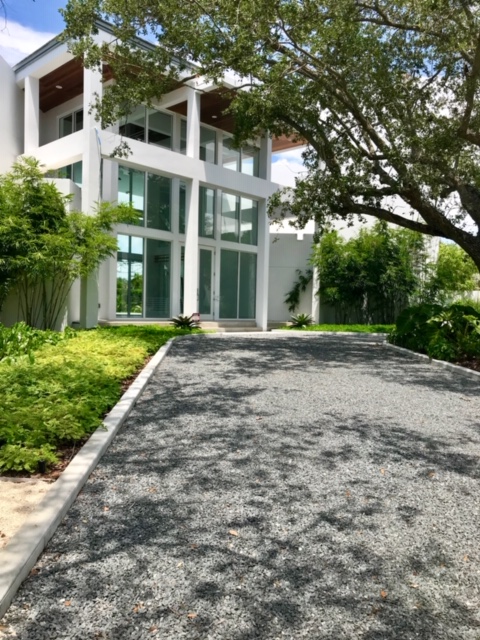
Two Simple Ways to Help Prevent Flooding at Home
Introduction
When it comes to dealing with and managing flooding, most of it is in the hands of municipalities and mother nature, but there are two things one can do at home to help mitigate disaster. Using porous paving products and underground stormwater detention or retention systems are both great ways to manage stormwater, especially when used together.
What is Porous Paving and How Can it Help with Flooding?
What is porous paving? Porous pavement is typically a load-bearing surface, like concrete or asphalt, but unlike concrete or asphalt it allows water to permeate the surface to the ground below. Porous paving comes in varieties, from the ecologically-attractive grass versions and gravel pavers to porous versions of concrete and asphalt – though hard-scape pavers have a very low porosity rate and do not filter out toxins.
Porous pavers help with flooding by allowing stormwater to pass through the surface to the groundwater below at a rapid rate. This prevents run-off, which floods driveways and streets. Converting hard-scape areas to porous paving can dramatically reduce the amount of run-off a property contributes to the surrounding areas.
What is an Underground Stormwater Detention or Retention System?
Above-ground Stormwater Detention systems are mostly in the form of a Detention Pond, which is an open-air pond that is designed to be deep enough to capture the stormwater demand for the area.
When moved underground, the water detention system has the added benefits of not attracting mosquitos or taking up usable surface land space, but now requires a structure to support it from collapse and water-proof liners on the sides and top to prevent contamination. The water at the base of the system still drains to the groundwater as a typical detention pond would.
A Stormwater Retention System is like a Detention System, in that it is also generally designed to capture the demand of stormwater for the property, however it does not let the water seep back into the groundwater. Instead, a Retention system stores the water for future reuse as irrigation, other grey water uses, or purification for potable water uses.
How Would an Underground Stormwater System Help Mitigate Flooding?
Both Underground Water Detention and Retention Systems help mitigate flooding by capturing a pre-determined amount of cubic feet of water space. Removing this water from the surface eliminates that amount from the total amount of water.
Do I Need to Use Both Porous Paving and an Underground Stormwater System?
No, but there are added benefits to using both porous paving and an underground water detention or retention system together, especially over the same area. Since porous pavers naturally filter water from the surface to the ground below, it can be an excellent way for the underground water system to receive all its water without using a pipe system.
Additionally, all the water received through a grass or gravel paver would have had its toxins filtered through a process called bioremediation, so there would be no need to add a filter to the underground water system.
Conclusion
Whether it’s replacing a hardscape surface with porous paving or installing an underground water detention or retention system on the property, making small changes can make a big difference in mitigating flood damage. If an entire community participates in installing porous paving and underground stormwater systems on their property, it will dramatically reduce toxins carried to the water streams, replenish the groundwater and aquifers, and could have a dramatic effect in mitigating flood damage in their area.
For more information about the country’s #1 Porous Paving Systems Since 1982, and a completely customizable Underground Stormwater Storage System that can withstand H-20 loading, visit invisiblestructures.com
About Us
Invisible Structures is the leader in porous paving and stormwater management solutions. We provide the finest in grass porous paving, gravel porous paving, underground stormwater storage, erosion control, drainage, and access mats.
